Go back to Mali.
Go back to La Fiesta De Los Fetiches.
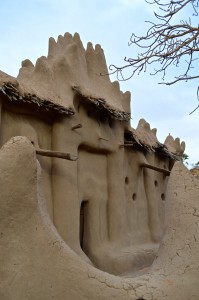
Nando mosque.
In the morning, we drove out of Douentza on a new, direct road (best of the trip by far) in the direction of Bandiagara on the Dogon Plateau some 120km away. We were planning on spending the remaining 5 or 6 days of the trip on an intensive sight-seeing tour of the Dogon region. A quick brunch (washed down by an easy police checkpoint) in Bandiagara and we were off on our Dogon cultural immersion tour starting in the village of Songho where we got a tour of the ceremonial circumcision wall. We then drove a couple hours-worth of dirt roads along the high plateau to the village of Nyongonol (Dyongono?). This one was quite spectacular – situated atop a horseshoe shaped cliff and with some very unique architecture: like something out of medieval Europe – mud castles but on a single-family house scale (with an occasional solar panel). As with most villages we visited, things started with an audience with the village elder. In this case, the gentleman was reportedly 106 years old (Salvador has known him for many years). Our village guide also took us inside homes – a very interesting experience. Our final stop of the day was the village of Nando and its famous mosque with its unique, “flowing mud” and organic lines architecture. Fascinating but unfortunately we were not allowed to go inside (new Imam). According to Salvador, the Dogon region is totally safe (it felt perfectly safe – no edge in the air) and so we pulled out of the village, drove a few kilometers of dirt roads and camped out on the open plateau. With the exception of Main de Fatma, this was the first (and last) time that we were not sleeping in a village.
Photos

We left Douentza and headed for Bandiagara on a new (and still in good shape) road. A nice baobab tree next to the road (Dec. 2015).
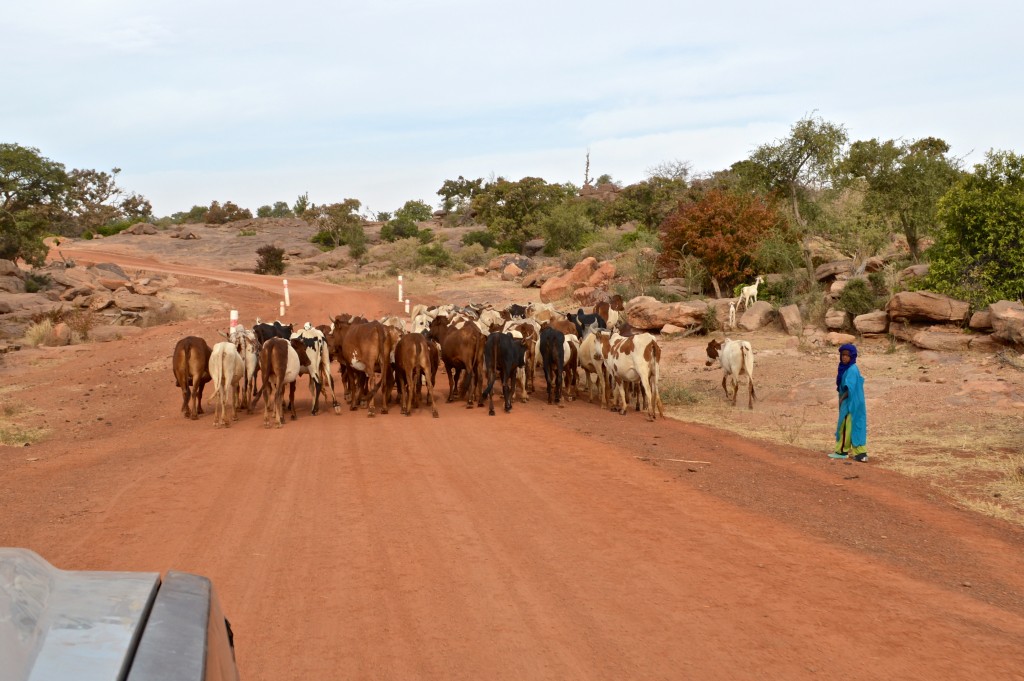
More sights on the ~120km drive to Bandiagara (Dec. 2015).

Bathroom break – men’s room is on the left side; women’s on the right (Dec. 2015).

More roadside sights (Dec. 2015).
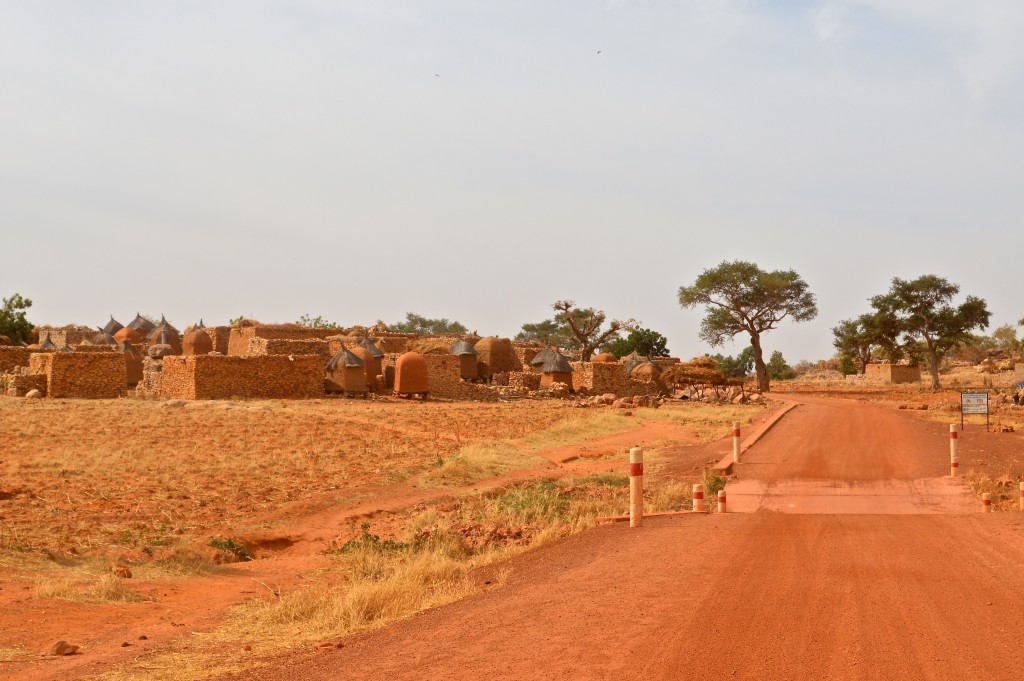
Some village on the Dogon Plateau (Dec. 2015).
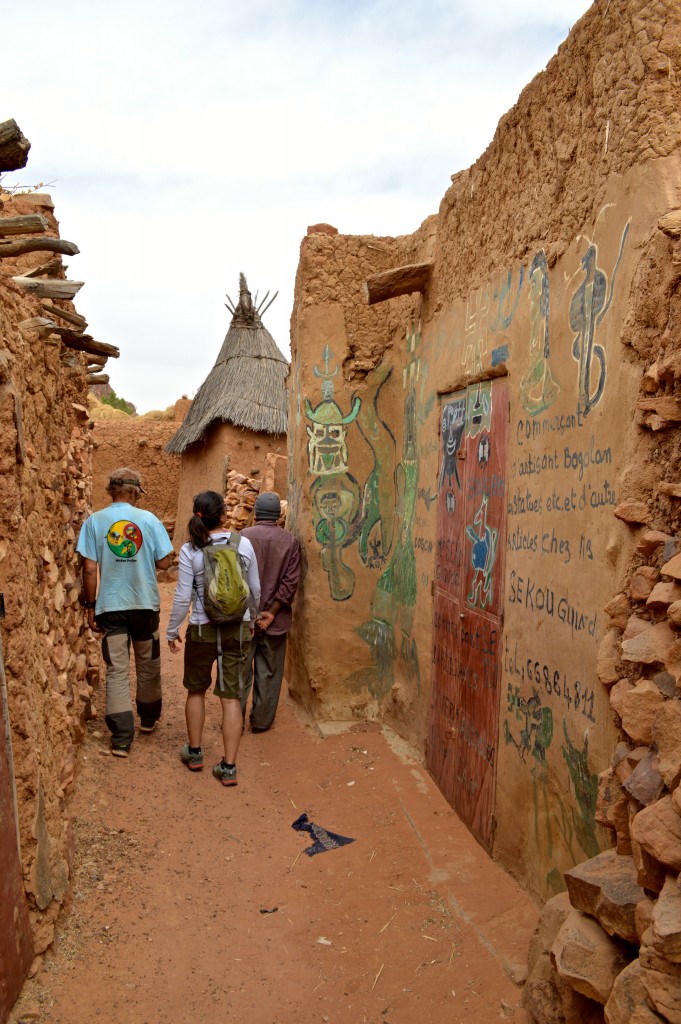
Salvador and Shirley hiking through Songho – the first Dogon village we visited on the plateau (Dec. 2015).
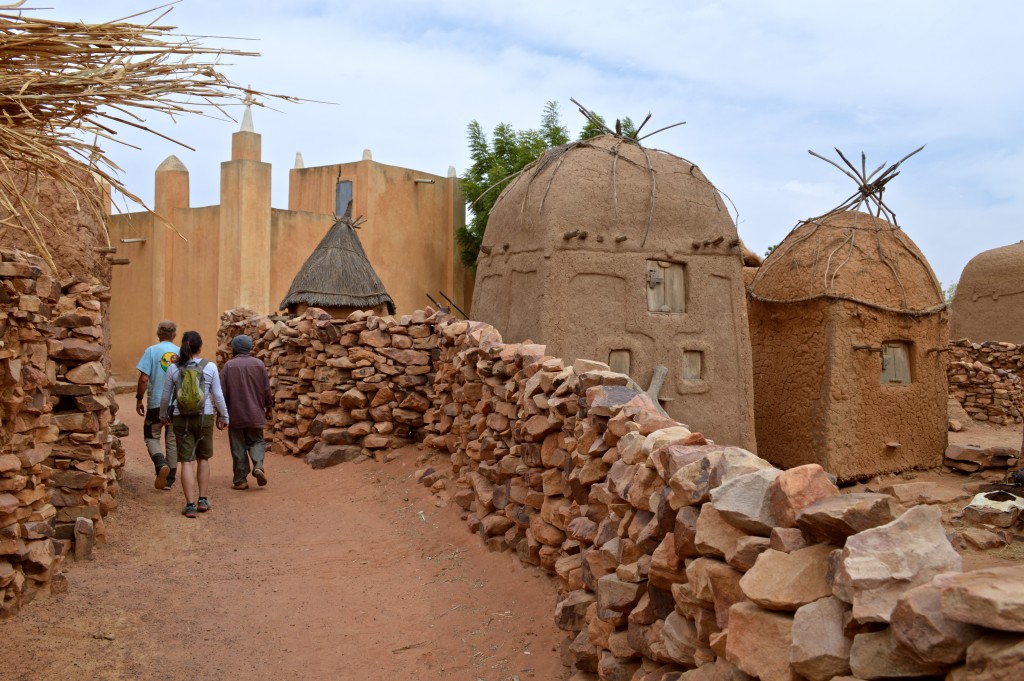
Village of Songho (Dec. 2015).

Shirley above the village of Songho (Dec. 2015).
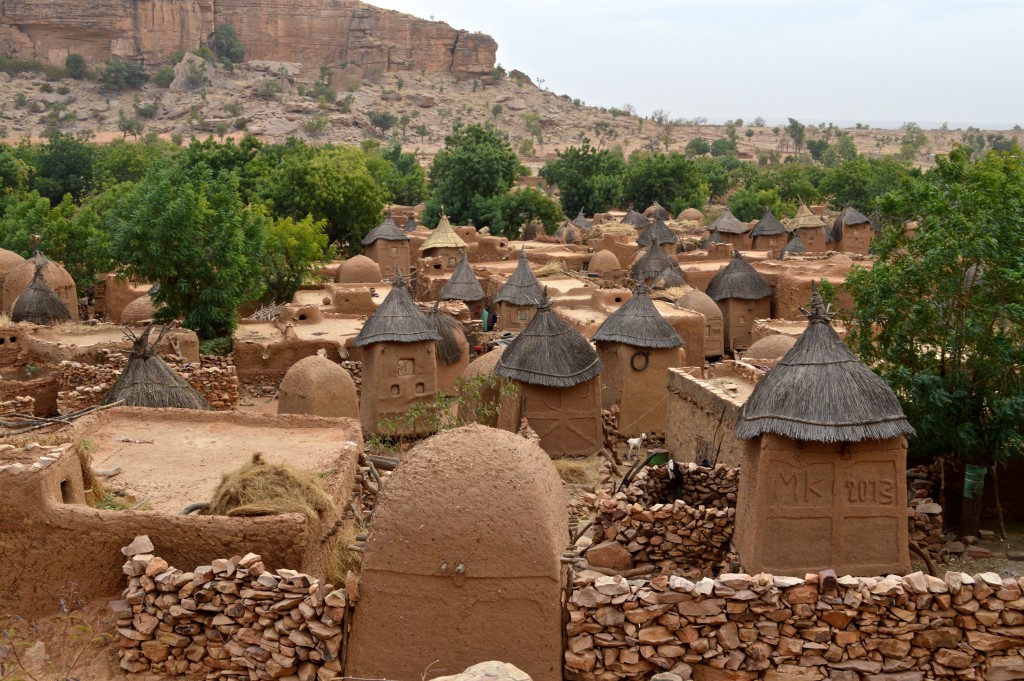
The thatched roof structures are for millet (and other foods) storage. Village of Songho (Dec. 2015).
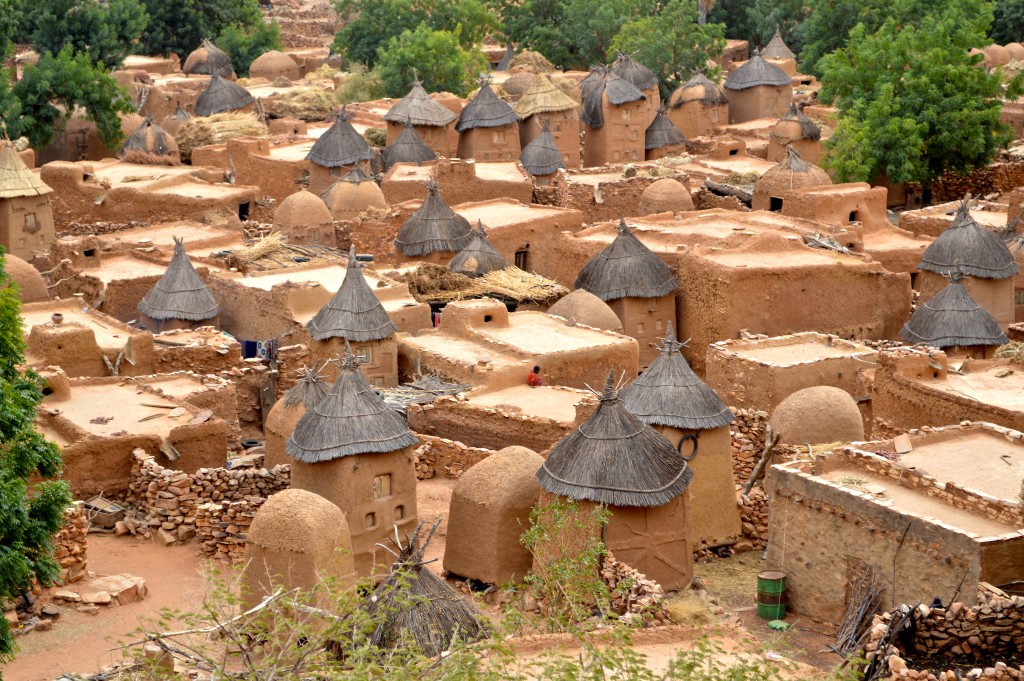
Songho on the Dogon plateau (Dec. 2015).
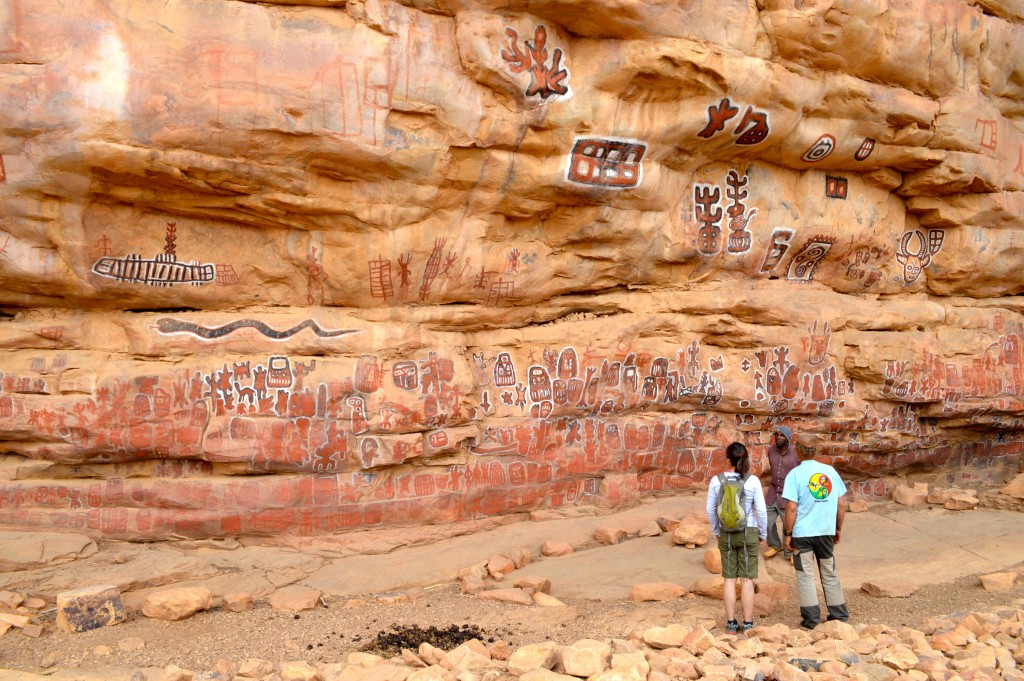
Shirley and Salvador at the “circumcision wall.” Here is where groups of boys are snipped (pre- to teenaged) every few years in a ceremony for which the whole village comes out in a huge celebration. Frequency of ceremonies is limited by good harvests as abundant millet is needed for the feast. Wall gets repainted with every ceremony (Dec. 2015).
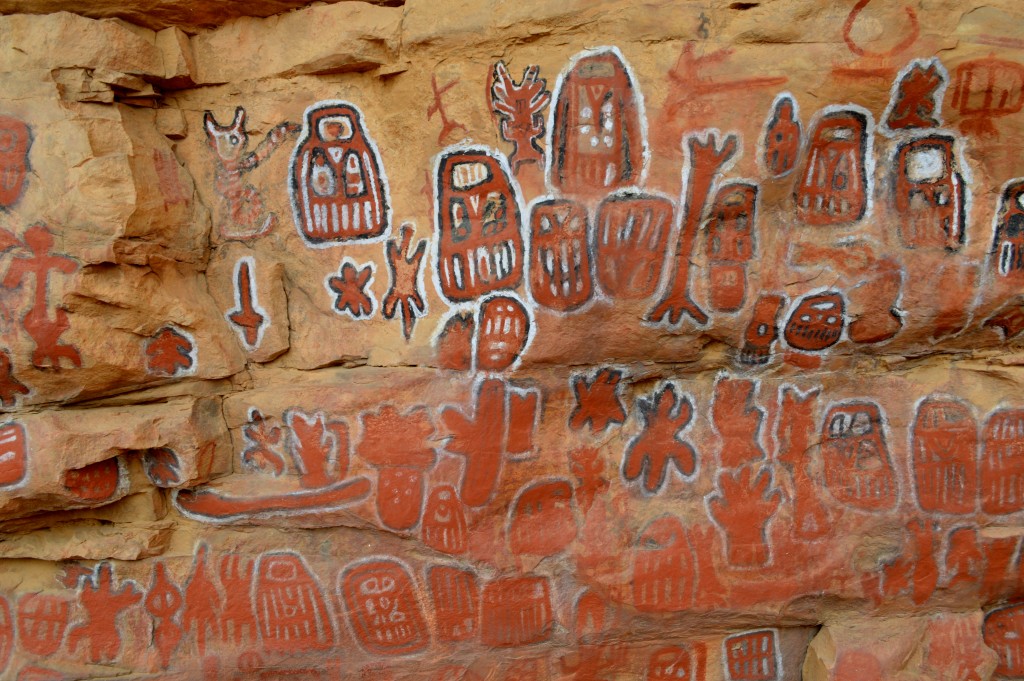
Circumcision Wall in Songho (Dec. 2015).
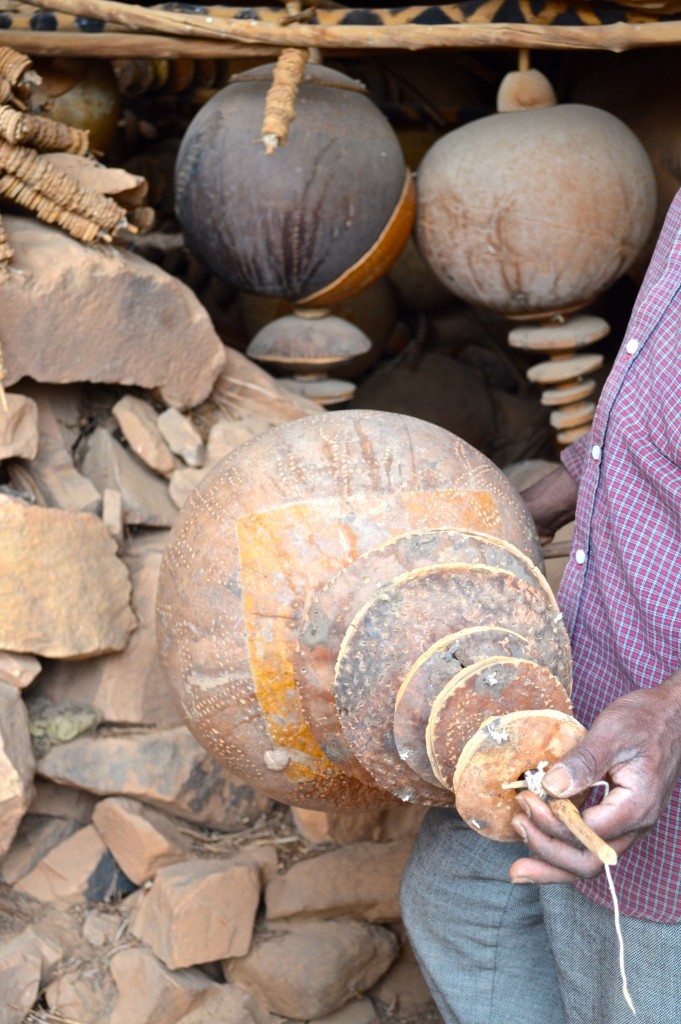
Musical instruments used (only) during the ceremony (Dec. 2015).
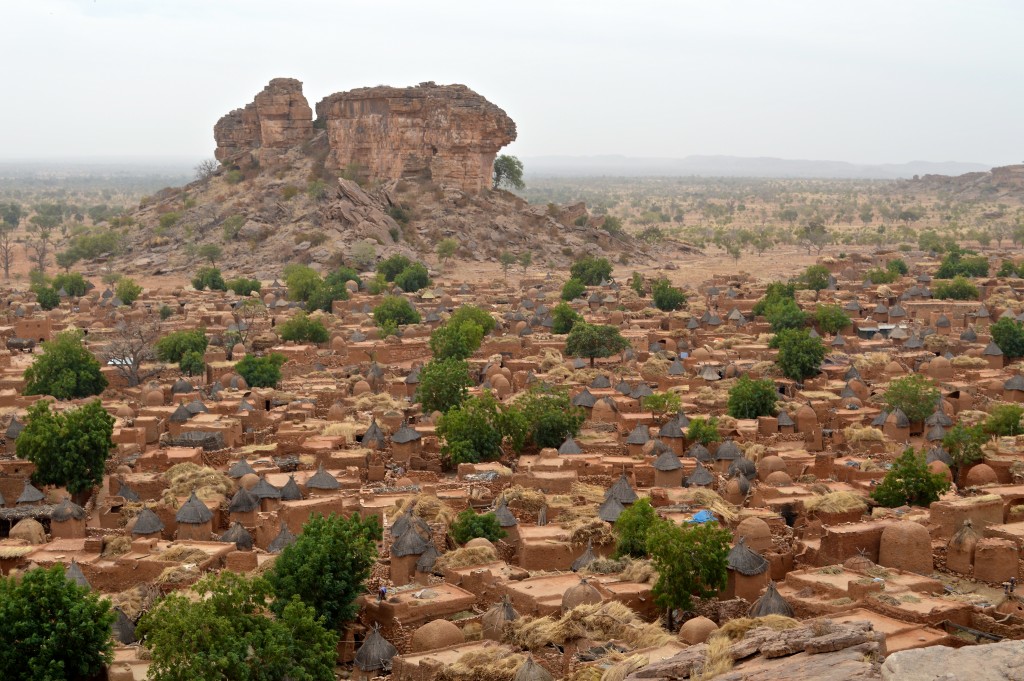
More views of Songho (Dec. 2015).
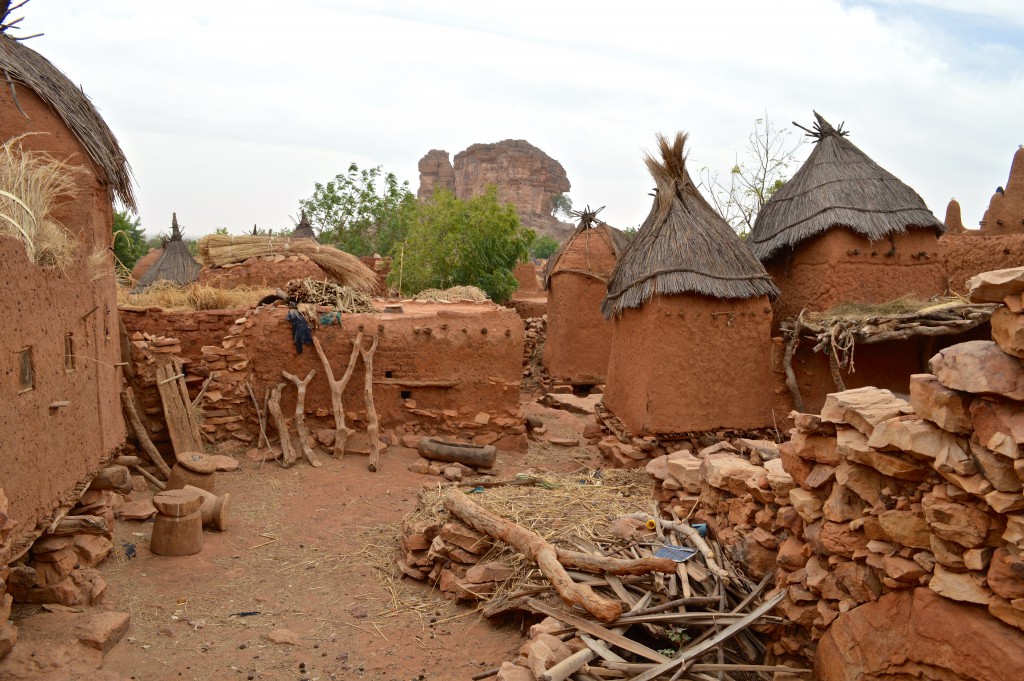
Songho (Dec. 2015).

The mosque of Songho (Dec. 2015).
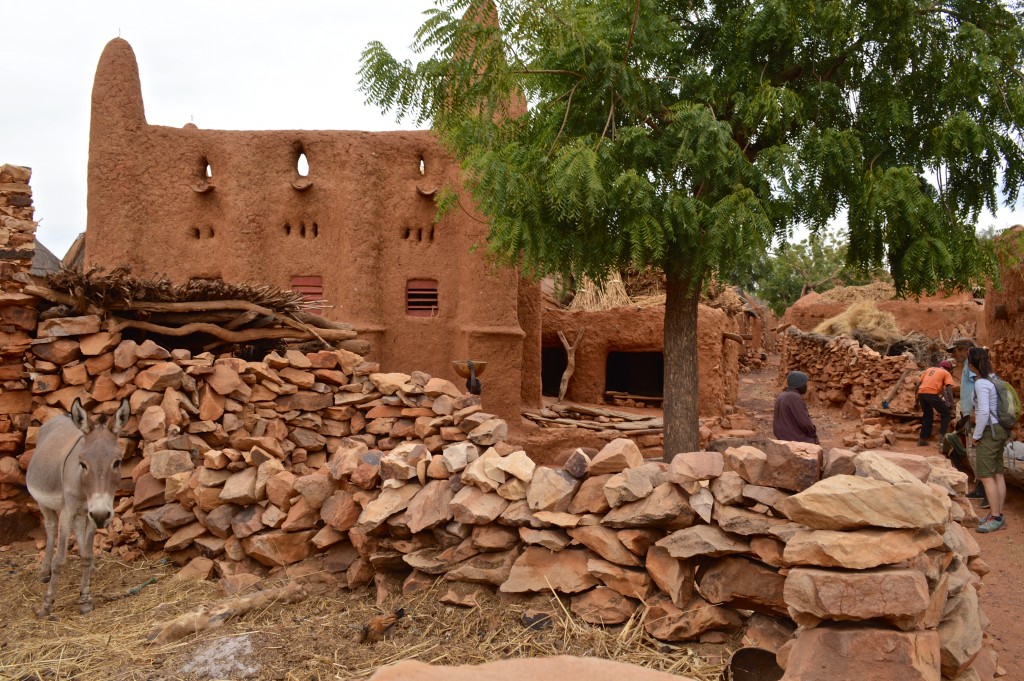
More of Songho’s mosque (Dec. 2015).
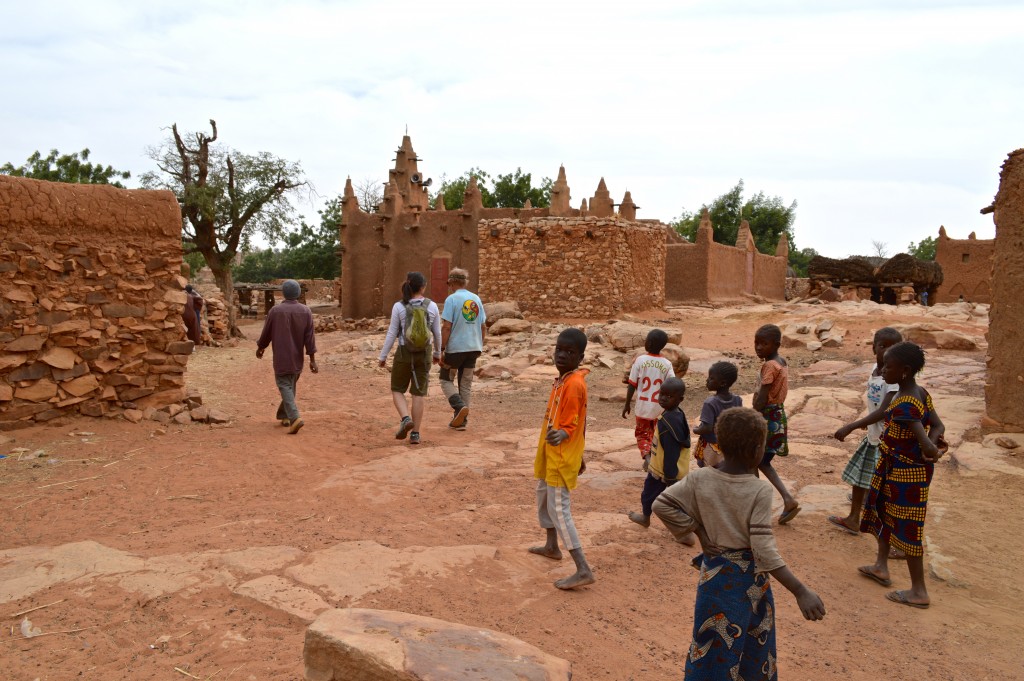
Shirley, Salvador and village children that followed us around (Dec. 2015).

Another mosque in Songho (Dec. 2015).

A baby donkey.

On the Dogon Plateau (we did not visit).
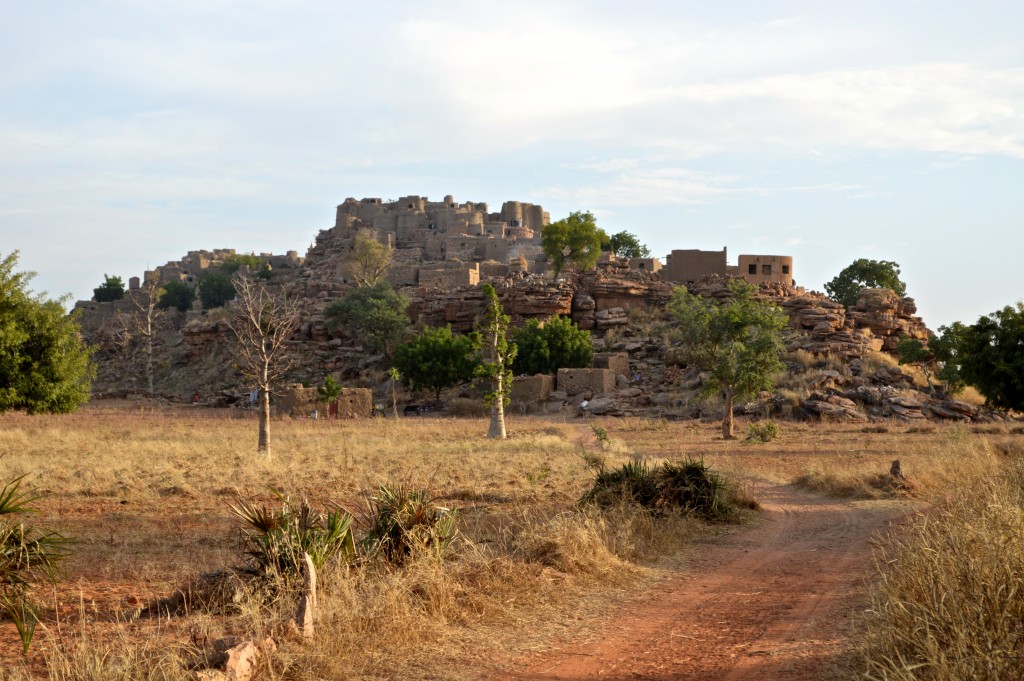
Village of Dyongono.

From Songho, we drove a couple of hours to the village of Dyongono with its castle-like architecture (Dec. 2015).
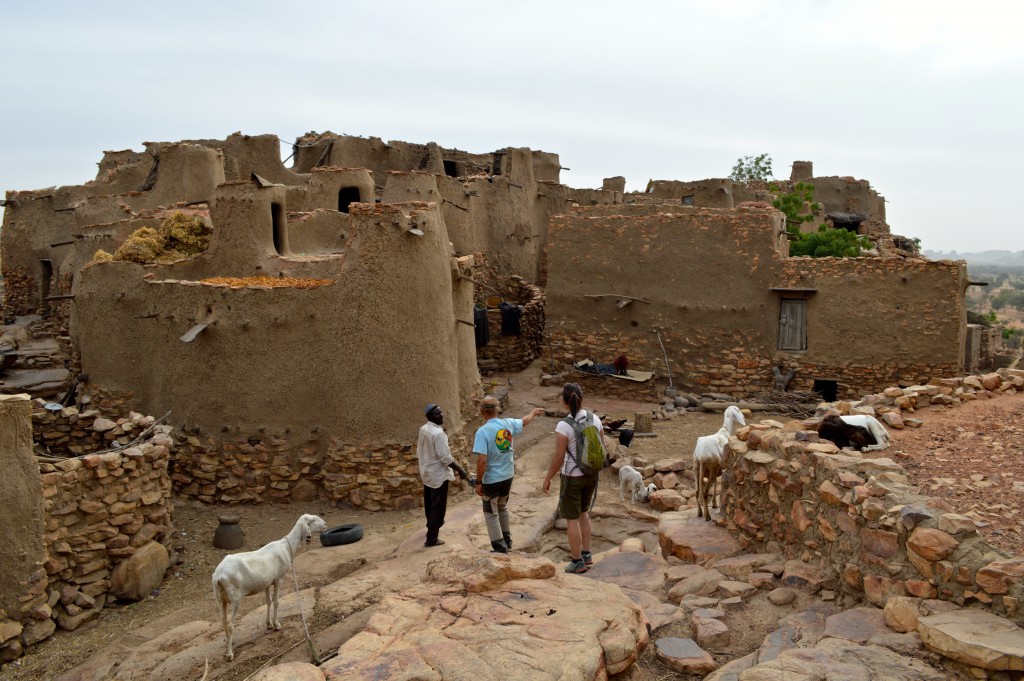
Shirley, Salvador and our village guide hiking through Dyongono (Dec. 2015).
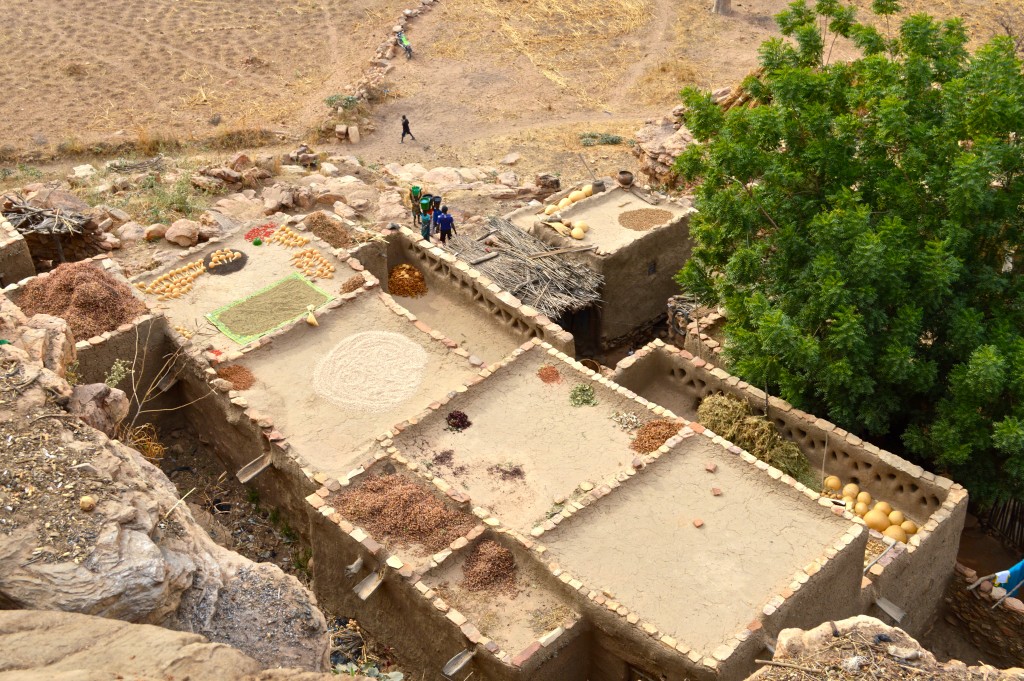
Peanuts, millet, sorghum and other foods drying on rooftops of Dyongono (Dec. 2015).
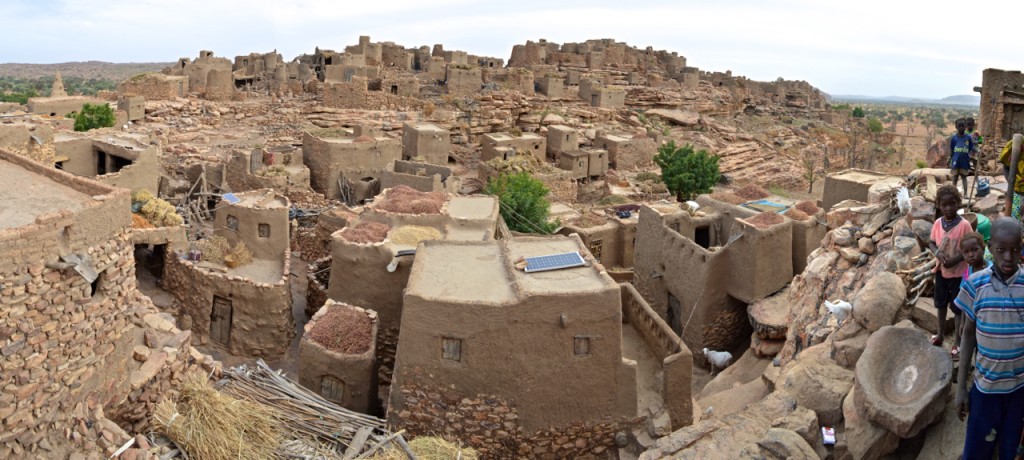
Village of Dyongono with its Medieval castle-like architecture (Dec. 2015).
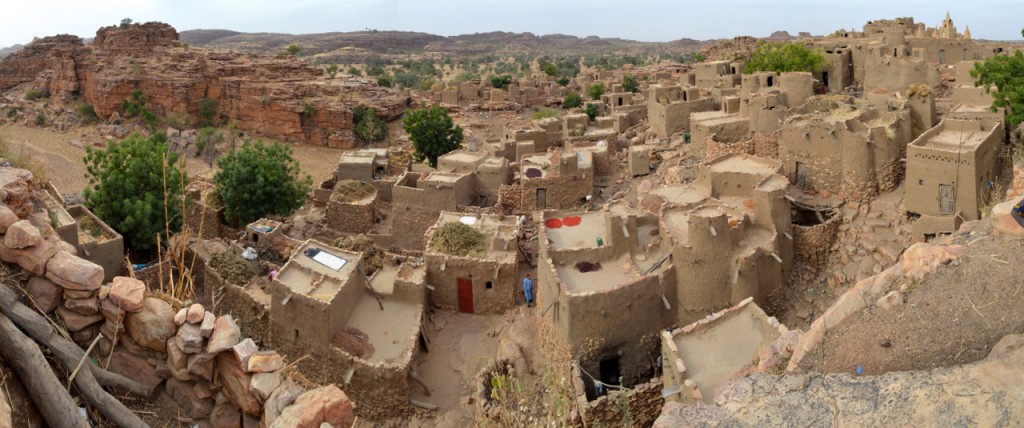
Village of Dyongono (Dec. 2015).
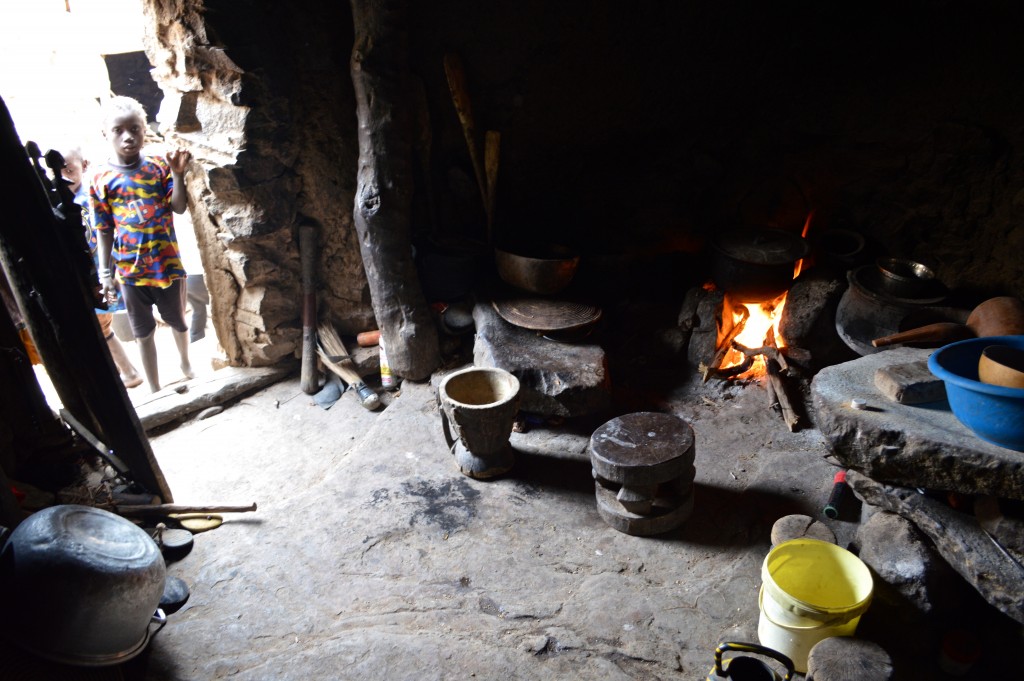
Our guide took us inside a living structure. People regularly burn fires inside to keep the termite problems down (by suffocating them with carbon monoxide possibly…it was quite smokey).
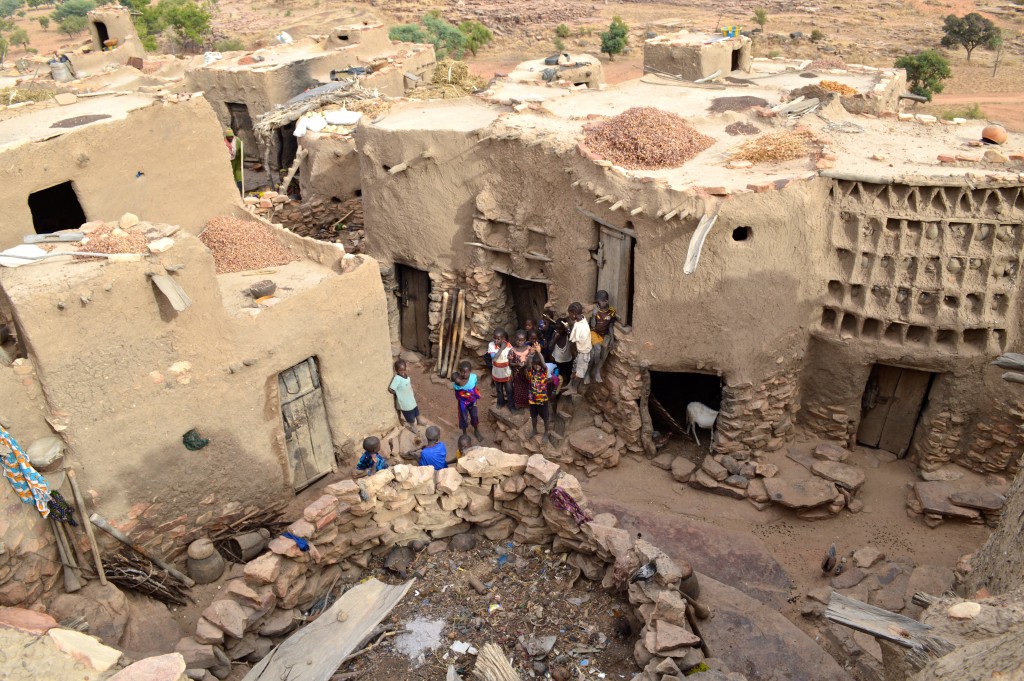
Views of Dyongono from a roof of a house (Dec. 2015).
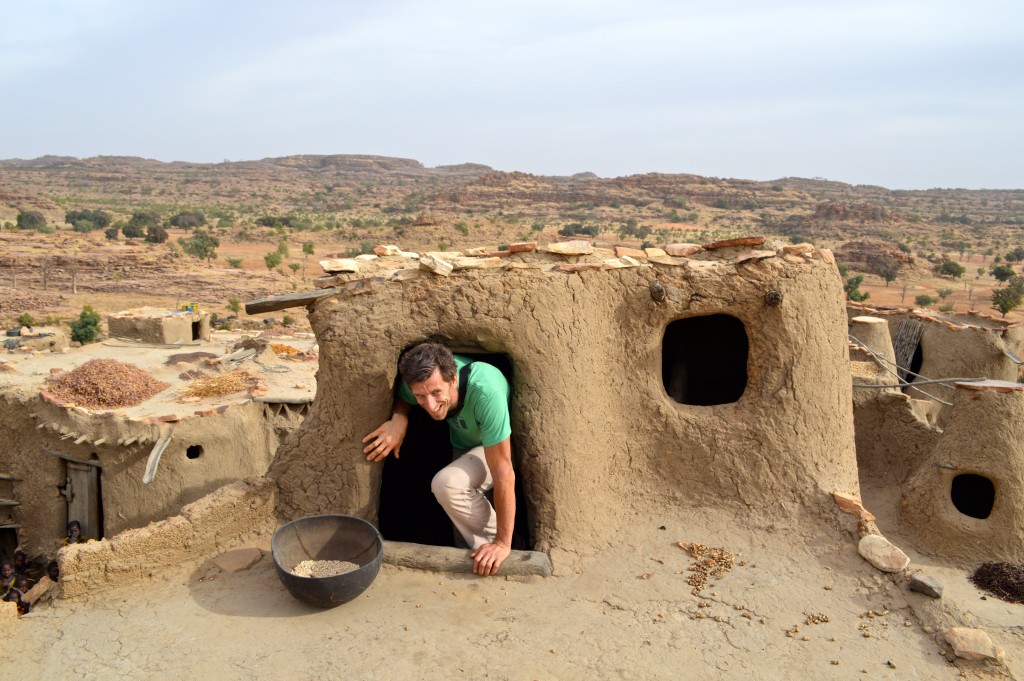
Who is that girl in the window?
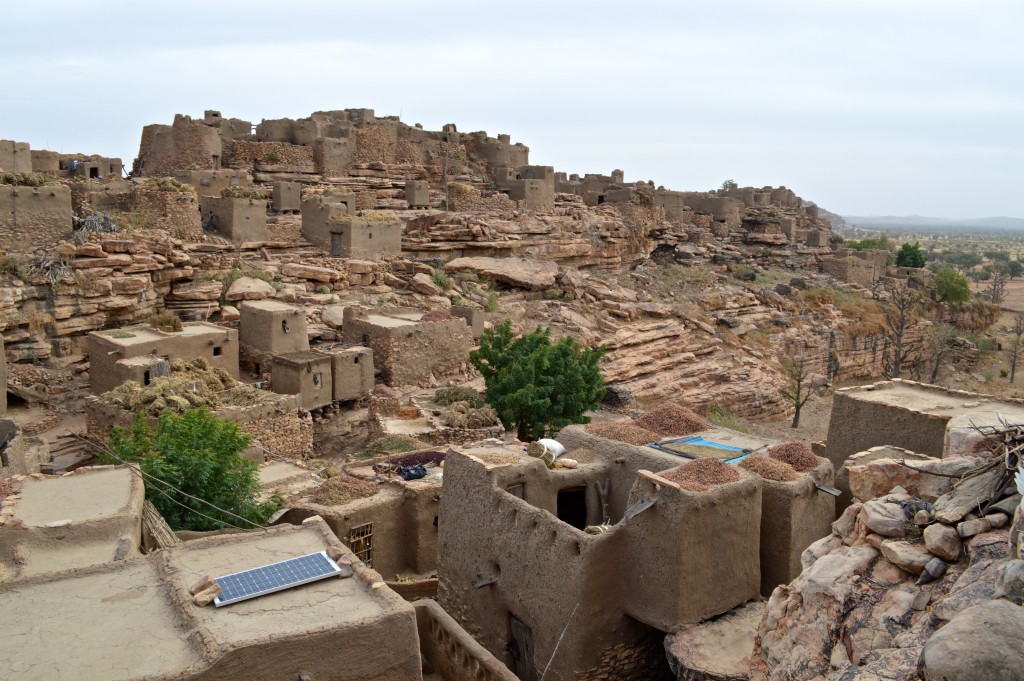
Dyongono with its very unique architecture. The village is on a horseshoe shaped bluff (Dec. 2015).
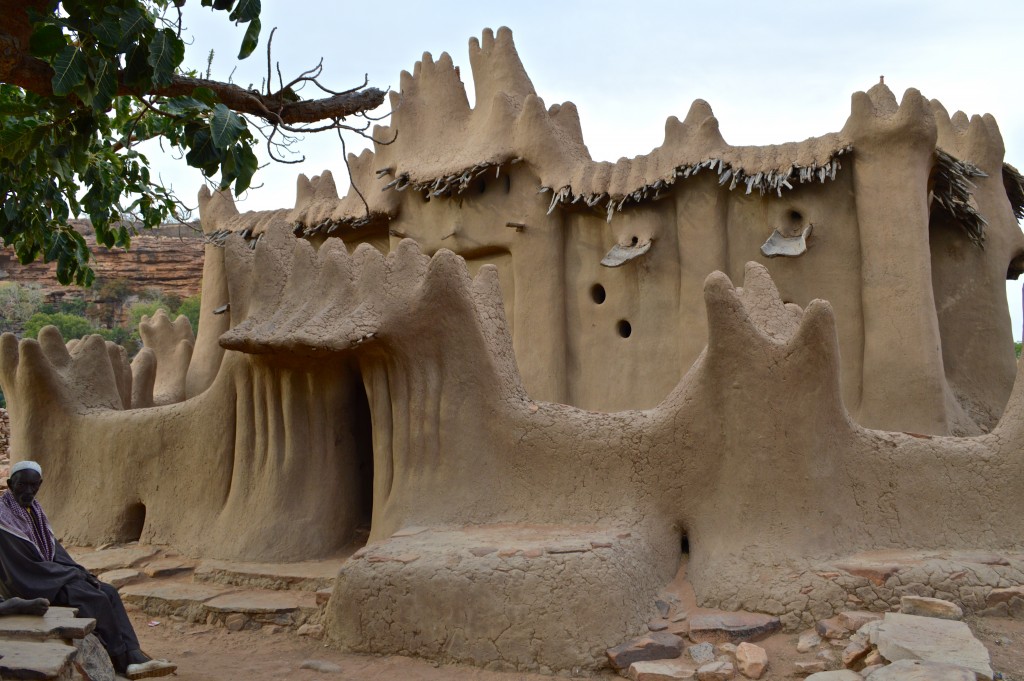
From Dyongono, we quickly drove to the village of Nando about an hour away. The goal here was to see this very unique mosque (Dec. 2015).

The mosque of Nando (Dec. 2015).
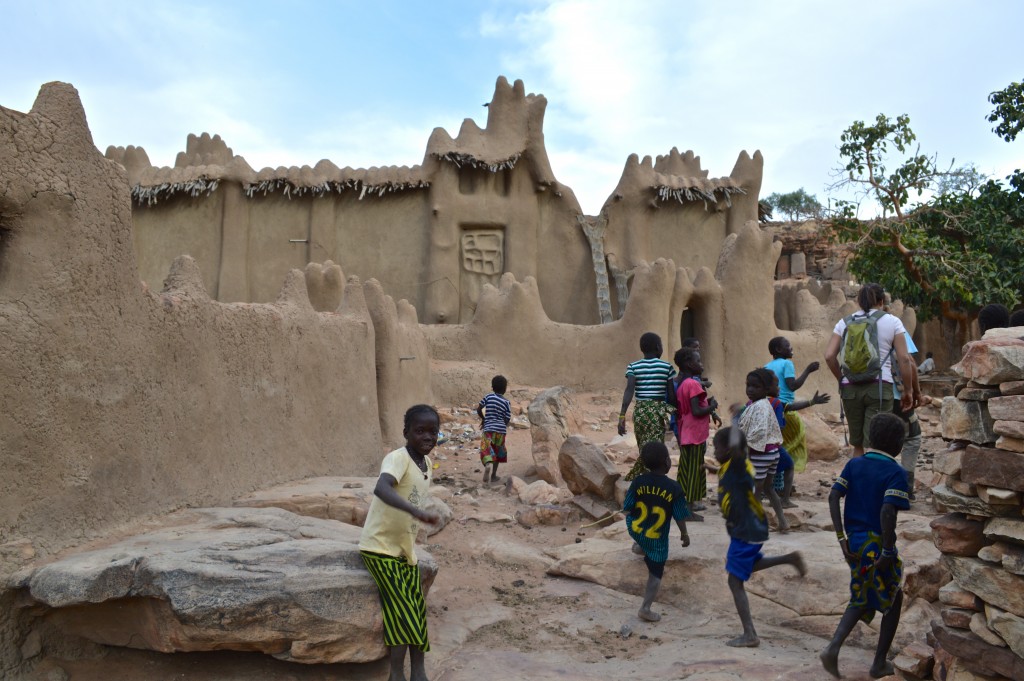
The mosque of Nando (Dec. 2015).
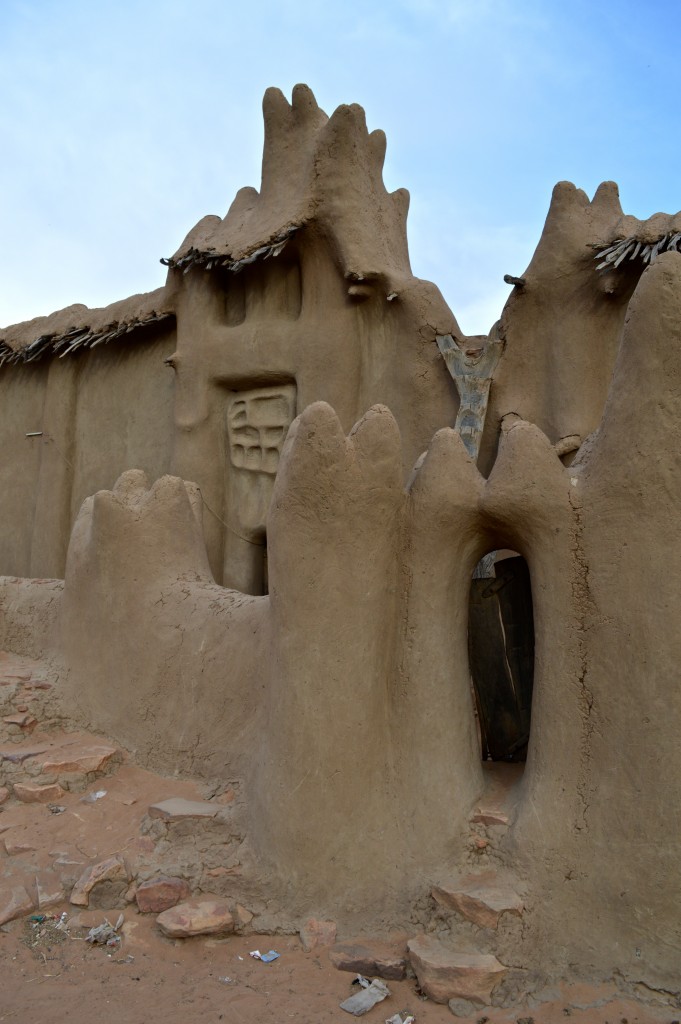
Uniquely shaped entrante to the structure (Dec. 2015).
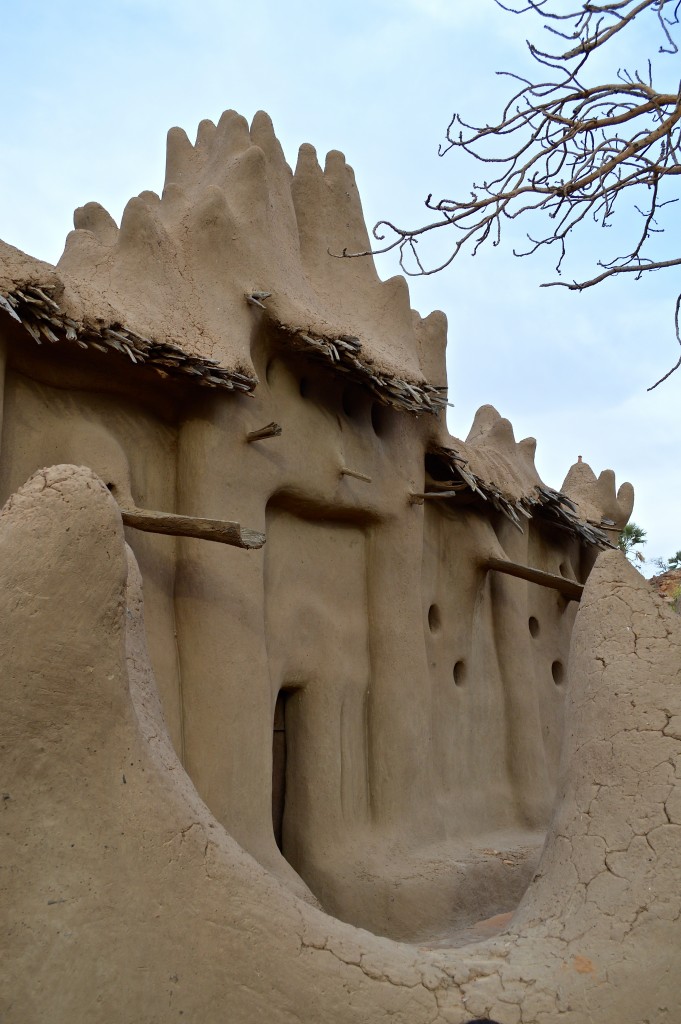
Nando mosque (Dec. 2015).
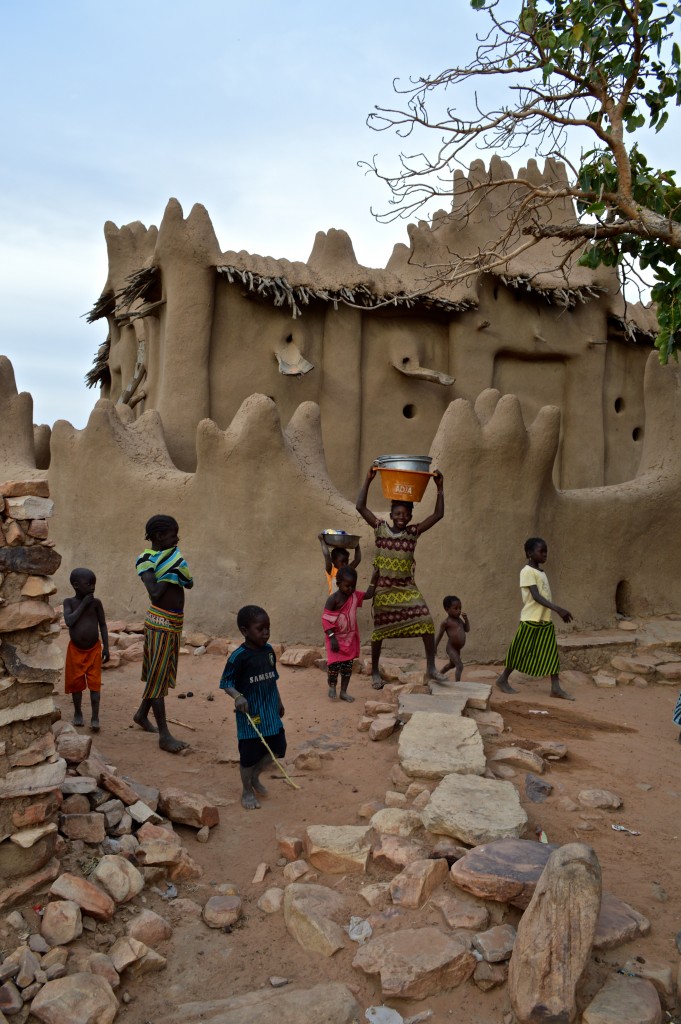
The mosque and the children of Nando (Dec. 2015).
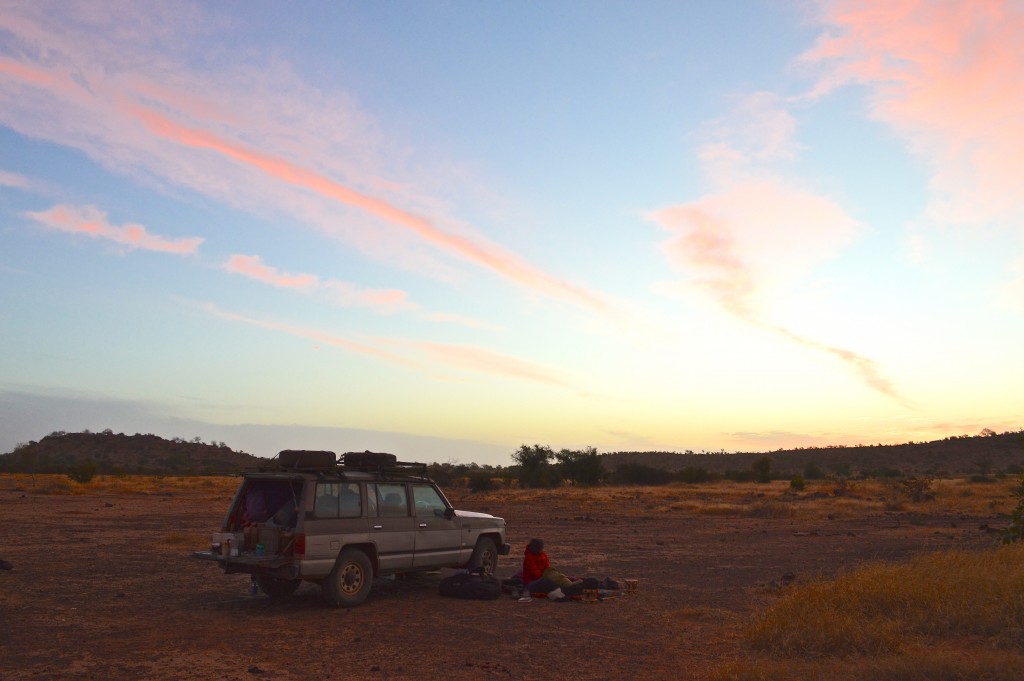
From Nando, we drove a few kilometers and just slept on the open plain – testament to how safe the Dogon country is. This in fact is the morning of New Years Day. Evening before, we lasted till the midnight celebrations…in Dubai that is (Jan. 2016).
Go to Dogon Villages Part 2.
Go back to Mali.